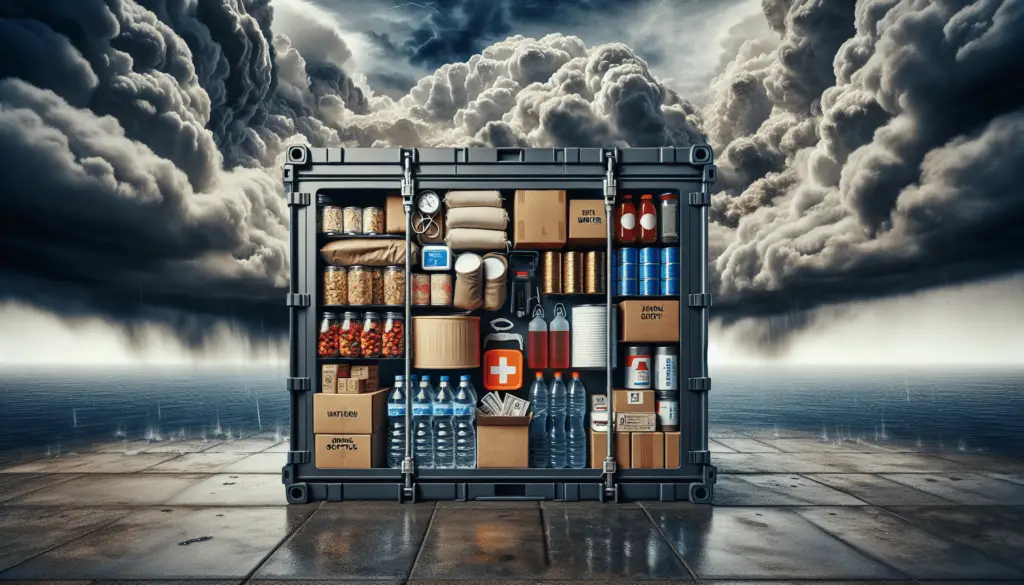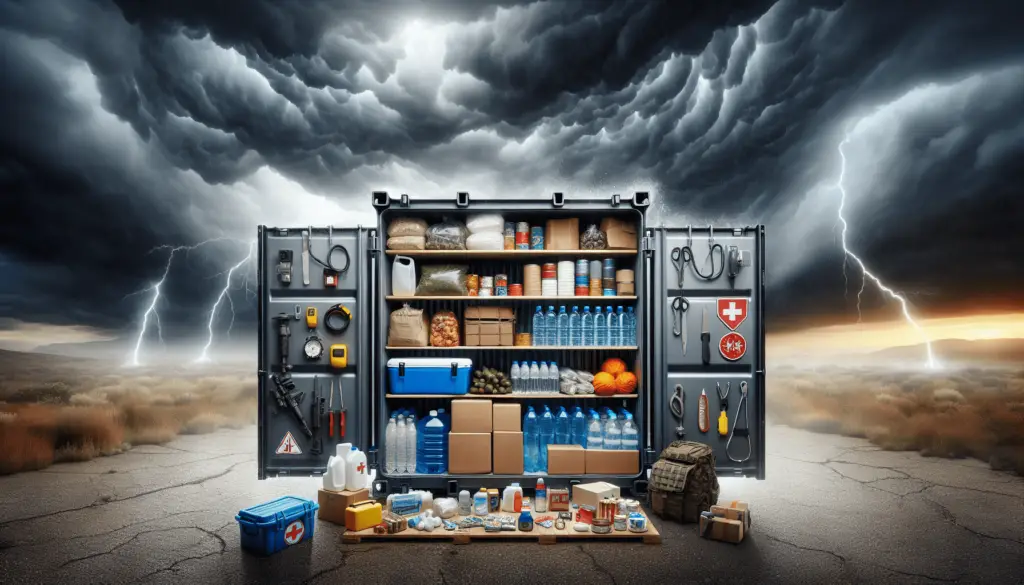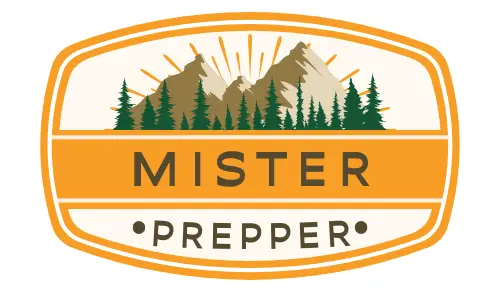Are You Prepared for the Worst?
As a prepper, you know the importance of being prepared for any situation that may come your way. Whether it’s a hurricane, earthquake, wildfire, or any other natural disaster, having a stockpile of supplies ready can make all the difference in the world. But what happens if disaster strikes and your supplies get damaged or destroyed? In this article, we will discuss advanced strategies for protecting your prepping supplies from natural disasters, ensuring that you are truly prepared for anything that comes your way.
Evaluating Your Storage Solutions
The first step in protecting your prepping supplies is to evaluate your current storage solutions. Are your supplies stored in a safe and secure location? Are they protected from the elements? Take a look at where your supplies are currently stored and assess whether any improvements can be made.
One key consideration when evaluating your storage solutions is the type of containers you are using. Make sure your prepping supplies are stored in airtight, waterproof containers to protect them from moisture and other environmental factors. Consider investing in heavy-duty plastic bins or metal containers for added protection.
Creating a Comprehensive Inventory
In order to effectively protect your prepping supplies, you need to have a comprehensive inventory of everything you have stockpiled. Keep a detailed list of all items in your prepping supplies, including quantities and expiration dates. This will not only help you keep track of your supplies, but it will also help you identify any items that may need to be replaced or replenished.
It’s also a good idea to take photographs of your prepping supplies and store them in a safe place, such as a waterproof and fireproof safe. This will serve as visual documentation of your inventory in case any items are damaged or destroyed in a natural disaster.

Properly Storing Food and Water
Food and water are two of the most essential items in any prepper’s supply stockpile. Properly storing food and water is crucial to ensuring that they remain safe to consume in the event of a natural disaster.
When storing food, make sure to use airtight containers and Mylar bags to protect them from moisture, pests, and other contaminants. Consider adding oxygen absorbers to your food storage containers to extend the shelf life of your supplies.
For water storage, opt for FDA-approved water containers that are specifically designed for long-term water storage. Rotate your water supply every six months to ensure that it remains fresh and safe to drink. Consider investing in a water filtration system or purification tablets as a backup in case your water supply becomes contaminated.
Securing Your Shelter
In the event of a natural disaster, your shelter is your first line of defense against the elements. Ensuring that your shelter is secure and well-protected can help prevent damage to your prepping supplies.
Inspect your shelter regularly for any signs of damage or wear and tear. Make any necessary repairs or upgrades to reinforce the structure and protect it from high winds, flooding, or other potential hazards. Consider installing storm shutters or reinforced doors and windows to further secure your shelter.
If you live in an area prone to earthquakes, consider securing your shelving units and storage containers to prevent them from tipping over during seismic activity. Use earthquake straps or brackets to secure heavy items and prevent them from falling and causing damage to your supplies.

Implementing Climate Control Measures
Extreme temperatures can have a significant impact on the shelf life and quality of your prepping supplies. Implementing climate control measures can help regulate the temperature and humidity levels in your storage area, ensuring that your supplies remain in good condition.
Consider investing in a dehumidifier to remove excess moisture from the air and prevent mold and mildew from forming on your supplies. Use temperature-regulating devices such as fans, heaters, or insulation to control the temperature in your storage area and prevent extreme heat or cold from damaging your supplies.
Monitor the temperature and humidity levels in your storage area regularly to ensure that they remain within safe ranges for your supplies. Consider investing in a digital thermometer and hygrometer to track these levels and make adjustments as needed.
Creating a Backup Plan
No matter how prepared you are, there is always a chance that your prepping supplies may be damaged or destroyed in a natural disaster. Creating a backup plan can help ensure that you have alternative sources of supplies in case of an emergency.
Consider storing duplicate supplies in a secondary location, such as a bug-out location or a trusted friend or family member’s house. Make sure that your backup location is secure and easily accessible in case you need to evacuate quickly.
Another option is to invest in insurance coverage for your prepping supplies. While not all insurance policies may cover prepping supplies, there are specialized insurance options available specifically for preppers. Research different insurance options and choose a policy that best fits your needs and budget.
Conclusion
In conclusion, protecting your prepping supplies from natural disasters requires careful planning and attention to detail. By evaluating your storage solutions, creating a comprehensive inventory, properly storing food and water, securing your shelter, implementing climate control measures, and creating a backup plan, you can ensure that your supplies remain safe and accessible in the event of an emergency.
Remember, the key to successful prepping is preparation. By taking proactive steps to protect your supplies, you can rest assured knowing that you are truly prepared for whatever challenges may come your way. Stay safe, stay prepared, and be ready for anything that comes your way.
